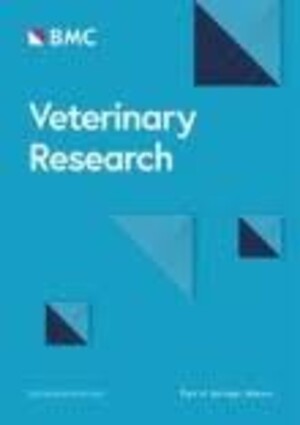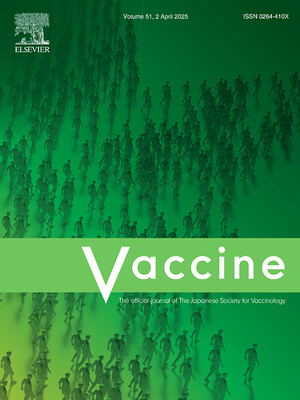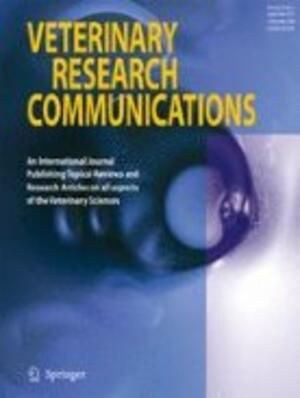
Evidence of Histoplasma capsulatum seropositivity and exploration of risk factors for exposure in Busia county, western Kenya: Analysis of the PAZ dataset
Abstract
Background
Despite recognition of histoplasmosis as a disease of national public health concern in Kenya, the burden of Histoplasma capsulatum in the general population remains unknown. This study examined the human seroprevalence of anti-Histoplasma antibody and explored associations between seropositivity and demographic and environmental variables, in Busia county, western Kenya.
Methodology
Biobanked serum samples and associated data, from a previous cross-sectional survey, were examined. Latex agglutination tests to detect the presence of anti-Histoplasma antibody were performed on serum samples from 670 survey respondents, representing 178 households within 102 sub-locations.
Potential epidemiologic risk factors for H. capsulatum exposure were explored using multi-level multivariable logistic regression analysis with household and sub-location included as random effects.
Principal findings
The apparent sample seroprevalence of anti-Histoplasma antibody was 15.5% (n = 104/670, 95% Confidence Interval (CI) 12.9–18.5%). A multivariable logistic regression model identified increased odds of H. capsulatum seropositivity in respondents reporting rats within the household within the previous 12 months (OR = 2.99 90% CI 1.04–8.55, p = 0.04). Compared to respondents aged 25–34 years, the odds of seropositivity were higher in respondents aged 15–24 years (OR = 2.70 90% CI 1.04–6.97, p = 0.04).
Conclusions
The seroprevalence result provides a baseline for sample size approximations for future epidemiologic studies of the burden of H. capsulatum exposure in Busia county. The final model explored theoretically plausible risk factors for H. capsulatum exposure in the region. A number of factors may contribute to the complex epidemiological picture impacting H. capsulatum exposure status at the human-animal-environment interface in western Kenya. Focussed H. capsulatum research is warranted to determine the contextual significance of identified associations, and in representative sample populations.
Citation
Cornell, T.R., Thomas, L.F., Cook, E.A.J., Pinchbeck, G., Bettridge, J., Gordon, L., Kivali, V., Kiyong'a, A., Fèvre, E.M. and Scantlebury, C.E. 2023. Evidence of Histoplasma capsulatum seropositivity and exploration of risk factors for exposure in Busia county, western Kenya: Analysis of the PAZ dataset. PLOS Neglected Tropical Diseases 17(5): e0011295.










